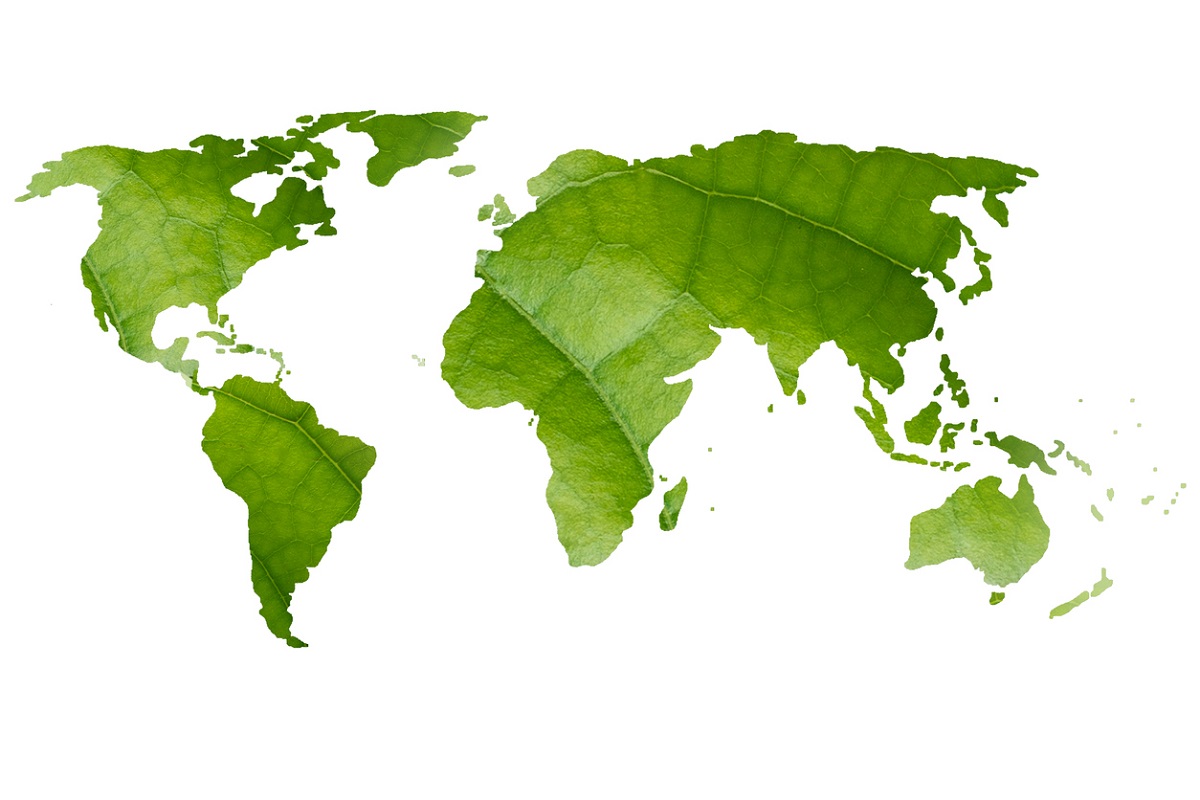The sixth edition of the Global Environment Outlook (GEO-6) from the United Nations Environment Programme (UNEP) provides a detailed analysis of regional environmental challenges as well as key findings and policy messages for each of the six UNEP regions ~ Africa, Asia and the Pacific, Latin America and the Caribbean, North America, West Asia and the Pan European region. These are important for policy-makers working in the regions to provide solid evidence and policy options, which will help tackle environmental issues that the regions, including India, have to countenance.
The GEO-6 regional assessment recognises Africa’s rich natural capital, notably the diversity of soil, geology, biodiversity, water, landscape and habitats, which if judiciously managed, can enhance the region’s ecosystem, human health and wellbeing. It has observed that the economic growth of Africa hinges on the sustainable management of its natural capital. This involves reconciling efficient stewardship with human development both for the present population and future generations. This requires both the protection and valuation of these natural assets, as well as effectively communicating their importance. Africa’s natural capital is challenged by illegal offtake, weak resource management practices, climate change and pollution.

The Asia-Pacific region has experienced rapid economic growth, urbanization and lifestyle changes that are unprecedented. Scientific analysis, however, shows the current approach to development in the region inflicts a significant cost on health and the environment. Soon, development will start to undermine itself. The region is also highly vulnerable to climate change. If this is unchecked, its adverse effects can reverse the recent gains in development. The region has made significant commitments to mitigate climate change. Almost all the countries submitted their Intended Nationally Determined Contribution (INDC) targets to the United Nations Framework Convention on Climate Change before the Paris Conference.
The GEO report for Latin America and the Caribbean places emphasis on identifying some of the most worrisome and persistent threats to the region through an environmental perspective. It also dwells on the achievements, success stories and opportunities in the region. There is a distinct trend in Latin America and the Caribbean towards addressing pressing issues. These include improving access to water and sanitation, reducing poverty, phasing out ozone-depleting substances and expanding the network of protected areas.
The GEO-6 assessment for North America portrays a comprehensive picture of the environmental factors contributing to human health and wellbeing at the regional level. Backed by a large cache of recent scientific evidence, regional consultations and a robust intergovernmental process, the assessment demonstrates that regional and global multilateral environmental agreements have improved environmental conditions in North America. Its response to environmental challenges reflect the diversity, energy and ingenuity of the region. Largely focusing on individual sectors and applying a limited number of policy instruments have achieved notable success. The remaining and emerging environmental challenges will require further application of proven policy options along with continued innovation.
Sustainable growth in the economies of West Asia will give an impetus to progress in terms of food security, sustainable water sources, reduced vulnerability to natural and man-made disasters, reduced risks of climate change, permanent energy solutions and conservation of natural resources. The outlook calls for concerted efforts by governments, civil society and the private sector in West Asia to address environmental challenges in the region.
The GEO-6 assessment for the Pan-European region presents a comprehensive picture of the environmental factors contributing to human health and well-being at the regional level. Backed by scientific evidence, regional consultations and a robust intergovernmental process, the assessment demonstrates that regional and global multilateral environmental agreements have improved environmental conditions in the Pan- European region.
The GEO-6 has advanced a stark warning, specifically that the world is unsustainably extracting resources and producing unmanageable quantities of waste. The linear model of economic growth depends on the extraction of ever-higher quantities of materials, leading to chemicals flowing into the air, water and land. This harms public health and may even result in premature mortality. It affects the quality of life, particularly for those unable to insulate themselves from these effects.
The GEO-6 report, covering the theme “Healthy Planet, Healthy People,” is particularly relevant for India. It notes that East and South Asia have suffered the highest number of deaths due to air pollution. According to one estimate, it killed about 1.24 million people in India in 2017. As the country’s population grows, agricultural yields are coming under stress due to the increase in average temperature and erratic monsoons. The implications of these forecasts for food security and health are all too evident, more so for the 148 million people living in severe weather ‘hotspots’. Evidently, the task before India is to recognise the human cost of poorly enforced environment laws and demonstrate the political will necessary to end business- as-usual policies. That would mean curbing the use of fossil fuels and toxic chemicals across the spectrum of economic activity.
There are certain targeted interventions that only require the resolve to reduce air and water pollution, and which in turn promise early population level benefits. Aggressive monitoring of air quality in cities through scaled-up facilities would bring about a consensus on cutting emissions of greenhouse gases (GHG) and provide the impetus to shift to cleaner sources of energy. It is significant that GEO-6 estimates that the top 10 per cent of populations globally, in terms of wealth, are responsible for 45 per cent of GHG emissions, and the bottom 50 per cent for only 13 per cent. Pollution can severely affect the poor. Combating air pollution would, therefore, require all older coal-based power plants in India to be shut down in favour of renewable energy sources. Transport emissions are a growing source of urban pollution, and a quick transition to green mobility is imperative. Stubble burning by farmers after harvesting is the worst form of GHG emissions, which must be curbed at all costs.
As regards water, the imperative is to stop the contamination of surface supplies by chemicals, sewage and municipal waste. As the leading extractor of groundwater, India needs to make water part of a circular economy in which it is treated as a resource that is recovered, treated and reused. But water protection is accorded a low priority, and State governments betray no urgency to augment rainwater harvesting and water conservation. New storage areas act as a source of supply when monsoons fail, and help manage floods when there is excess rainfall.
(The writer is former Senior Professor, International Trade. He may be reached at vasu022@gmail.com)












